1-800-787-8806 | In Morocco + 212-618-88-26-81 | Mail: alecia@morocco-traveler.com
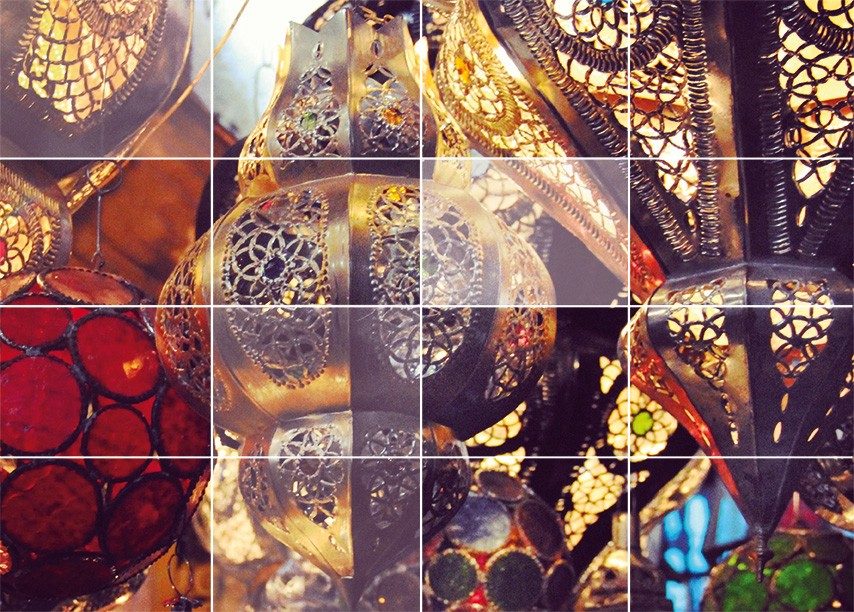
Fes, Marrakesh: wallets, desk sets, babouches, leather poufs etc… Tetouan, Chefchaouen, and Taghzout: multiple-compartment bags, leather- covered earthenware, plates and belts. Marrakesh: Camel saddles (used as seats).
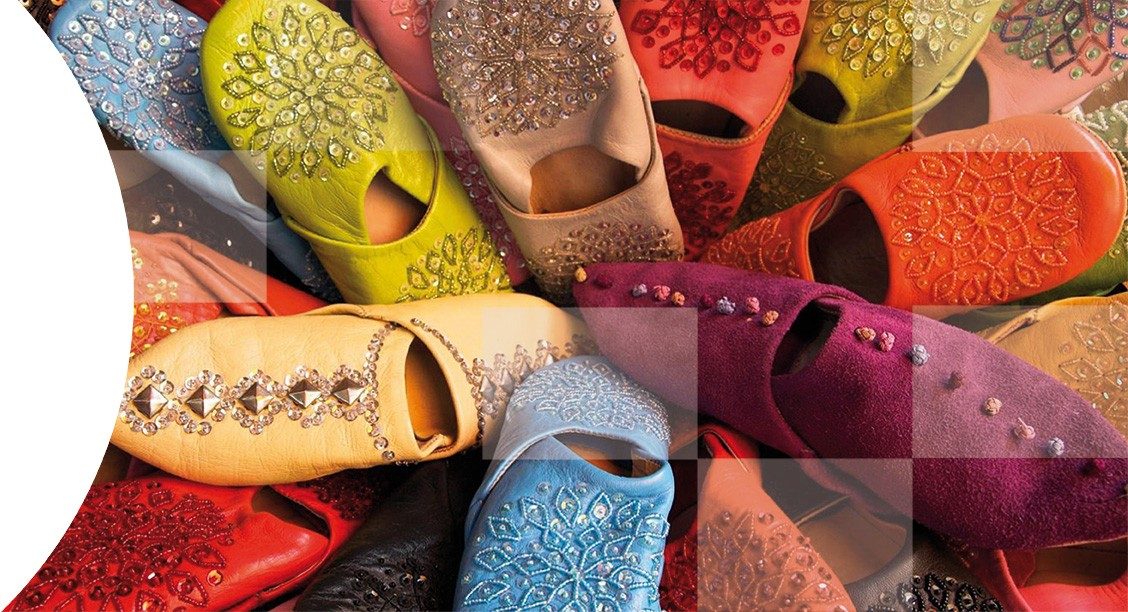
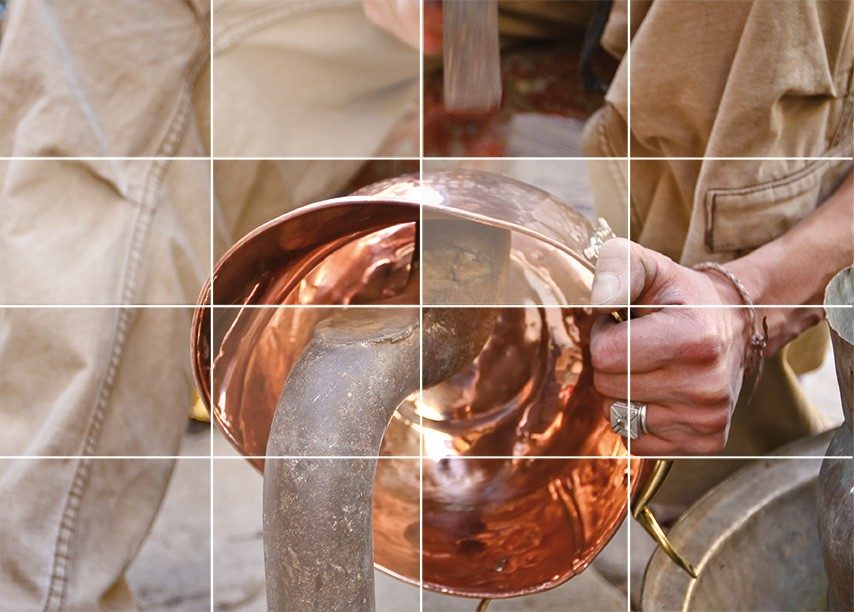
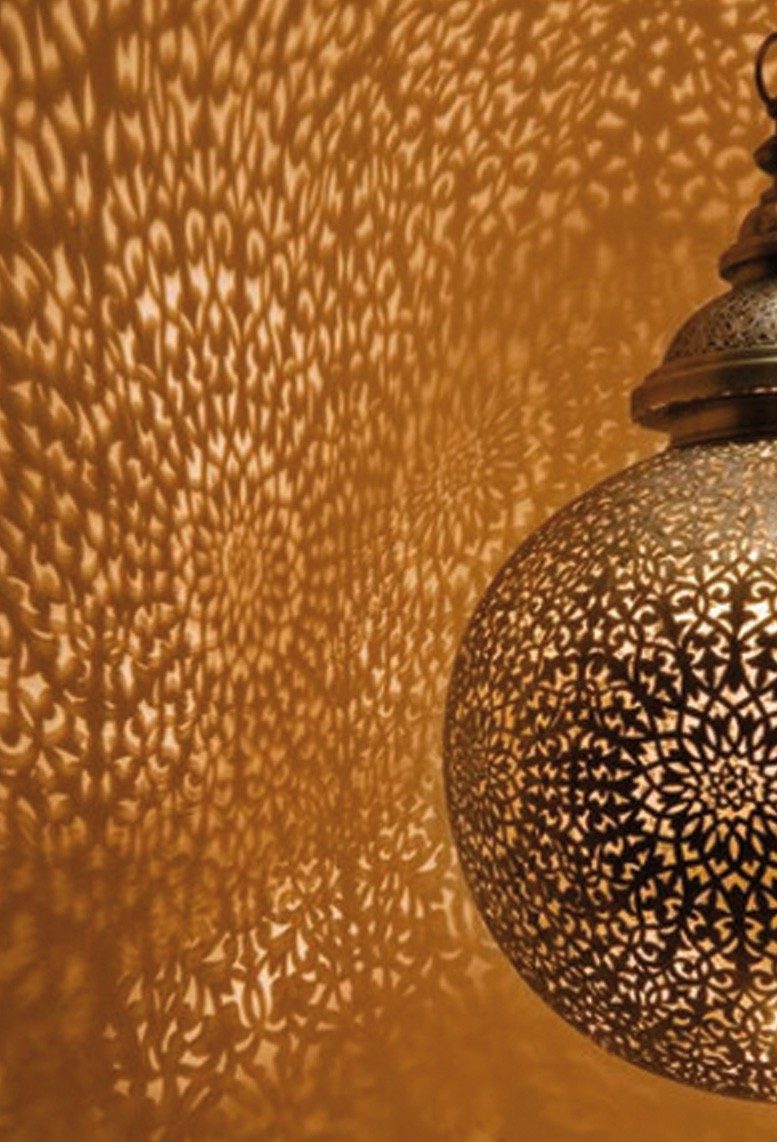
There are two types of carpets in Morocco. Rural carpets: which are the oldest and Urban carpets (each of these fall into an infinite number of categories). Urban carpets: Rabat, Meknes, Fes, Marrakesh. Rural carpets: Berber carpets of the Middle Atlas (Azrou) ; of the region of Zadrs (Oulmes), of Shishaoua (Marrakesh) and of Ait Ouaourguite (Ouarzazate).
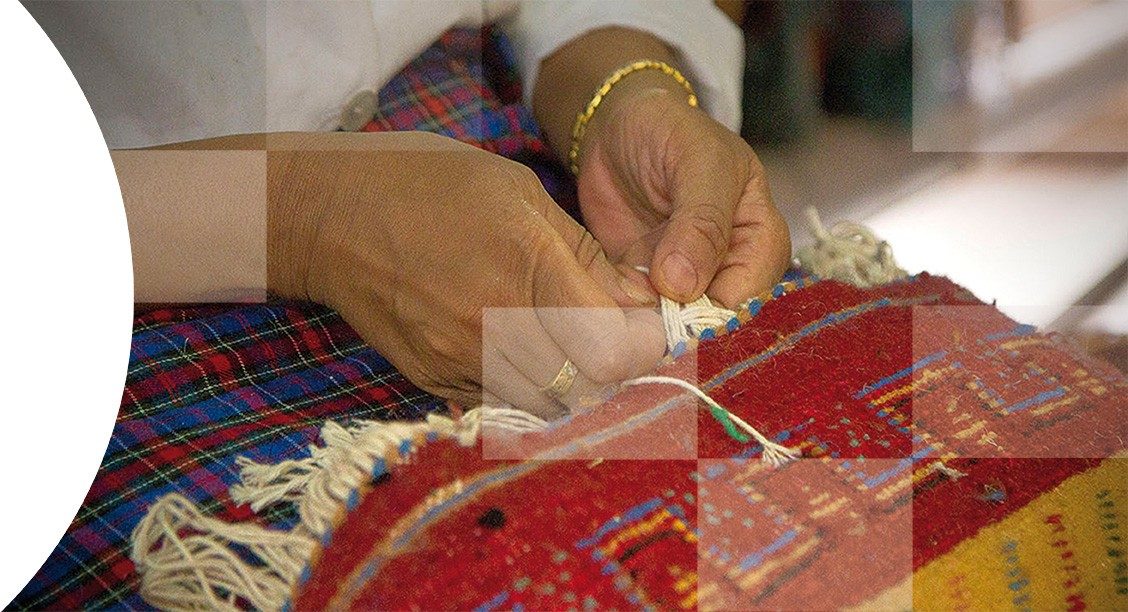
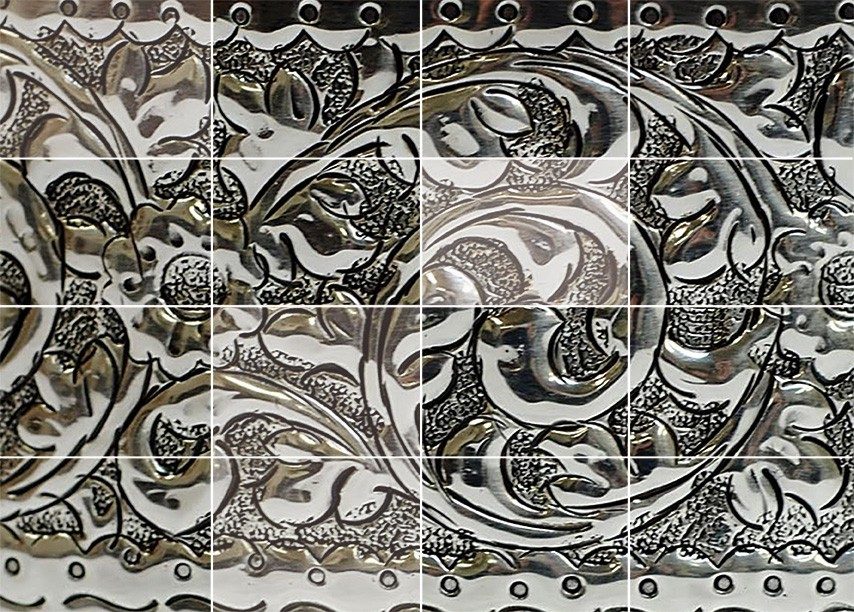

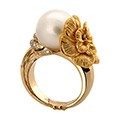
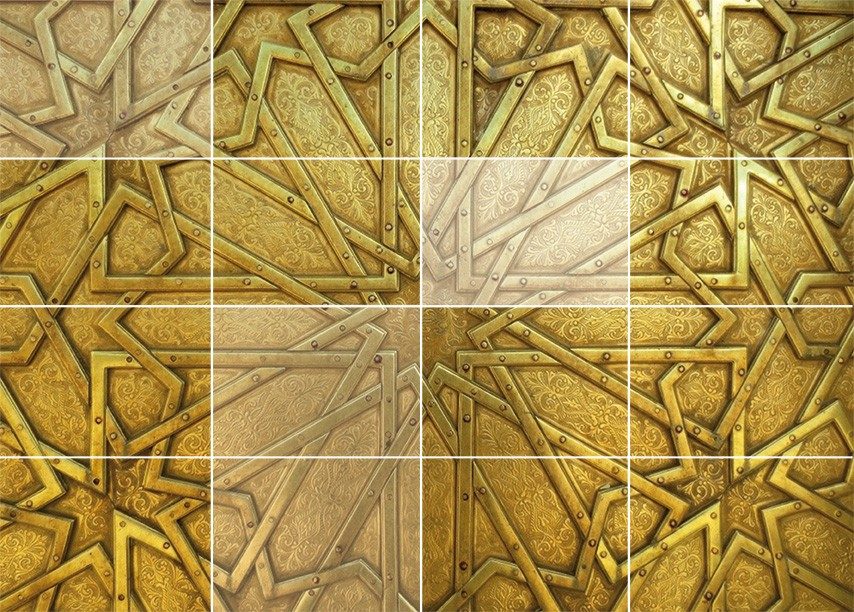
The most famous pottery is made in Fes and Safi. Salé specializes in decorative pottery with colored glazing.
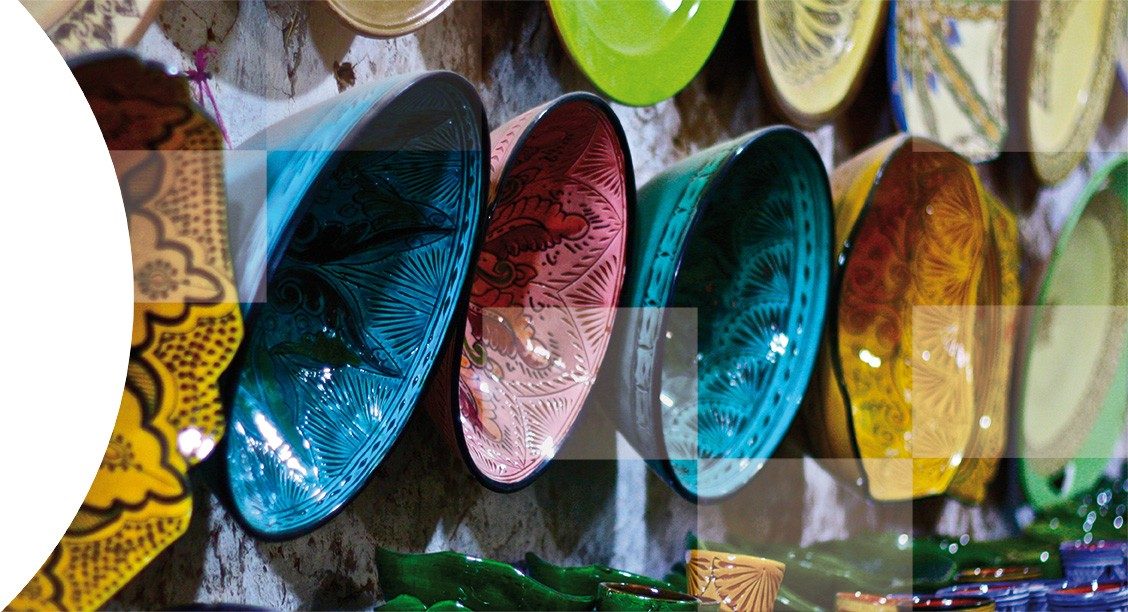
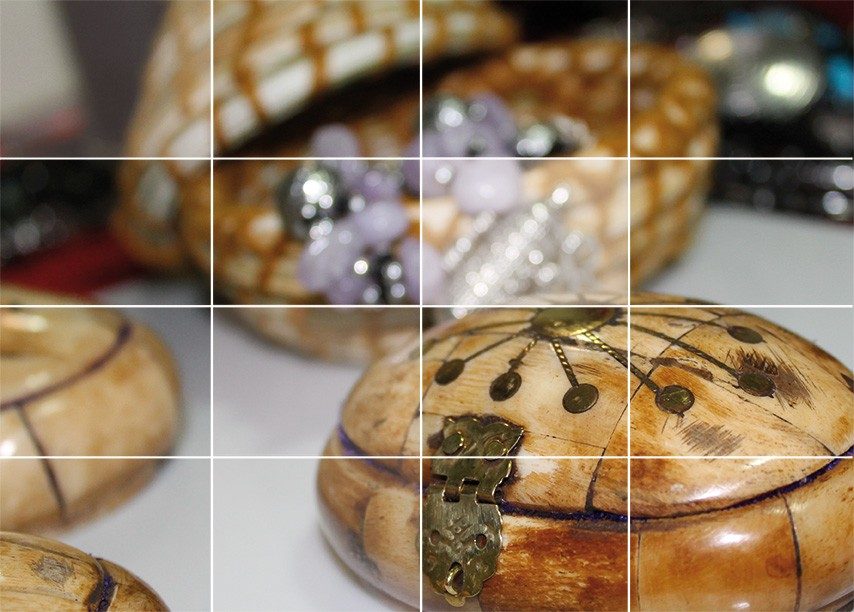

This needlework is executed with brightly colored silk threads and bears the name of the place where it is embroidered. The embroideries are featured on table-cloths, table-sets, (napkins and table-cloths), fancy-works, velvet or gold and silver lamé silk Kaftans.
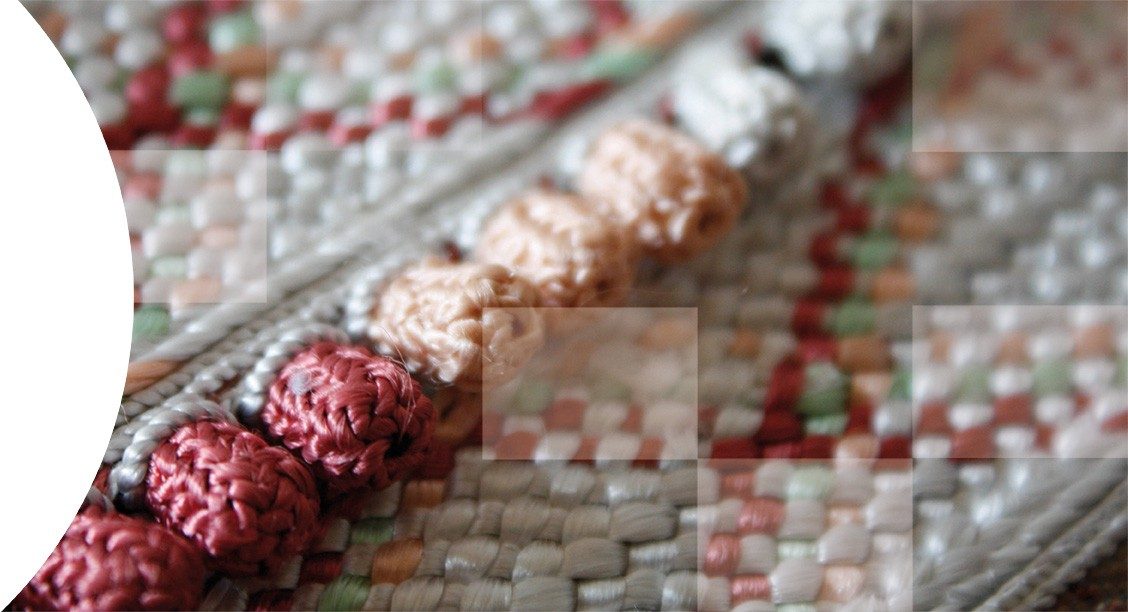
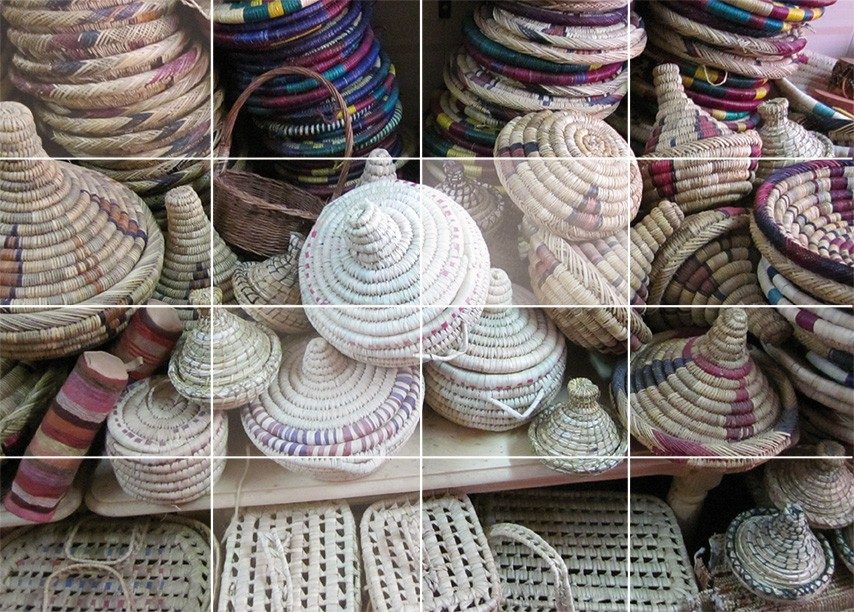
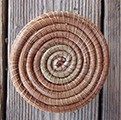
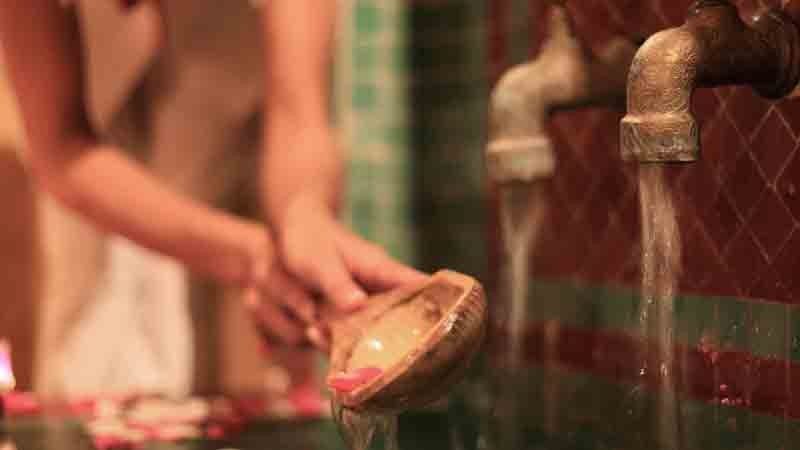 Art of a Moroccan Hammam
Art of a Moroccan Hammamactivities
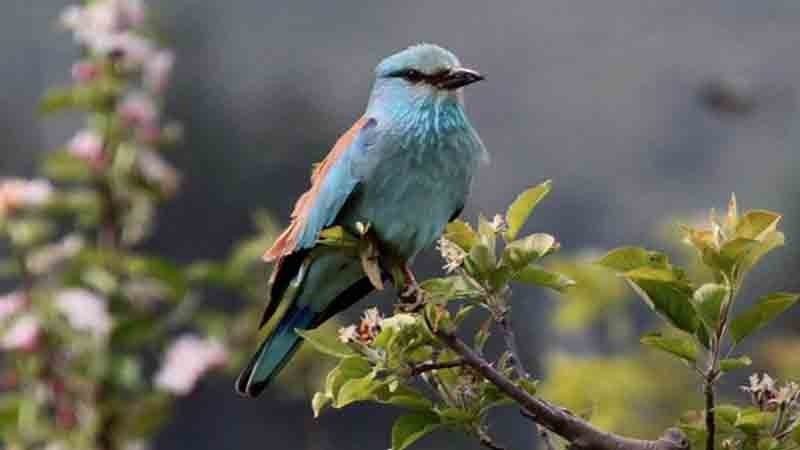 Bird Watching in Morocco
Bird Watching in Moroccoactivities
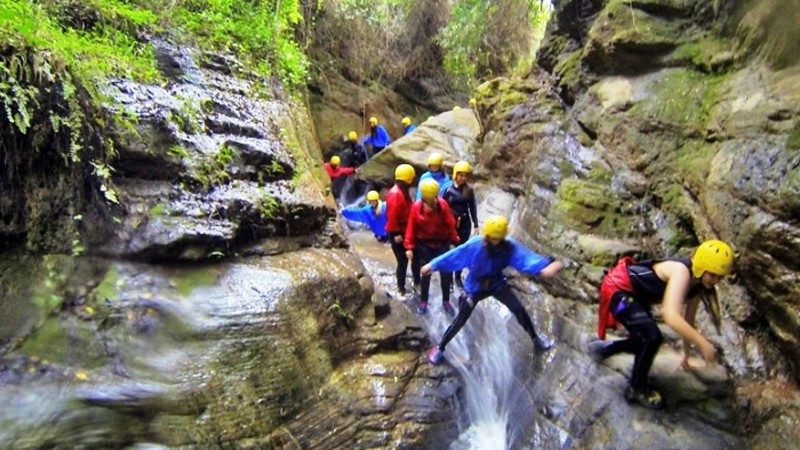 Guided Canyon Adventure
Guided Canyon Adventureadventure
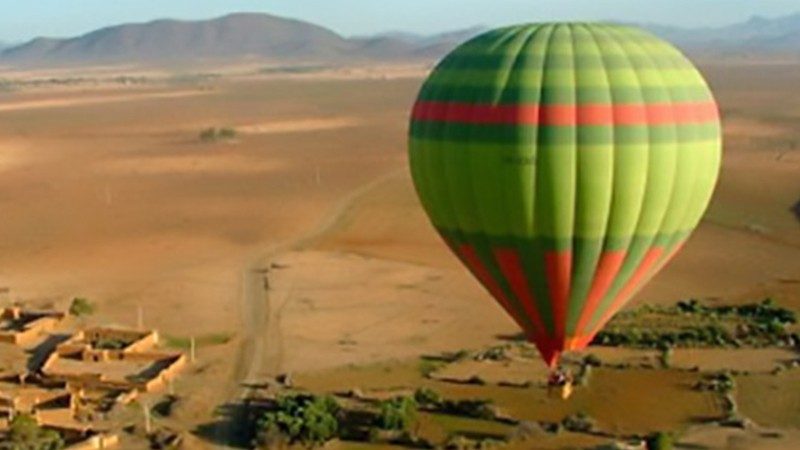 Marrakesh By Air
Marrakesh By Airadventure
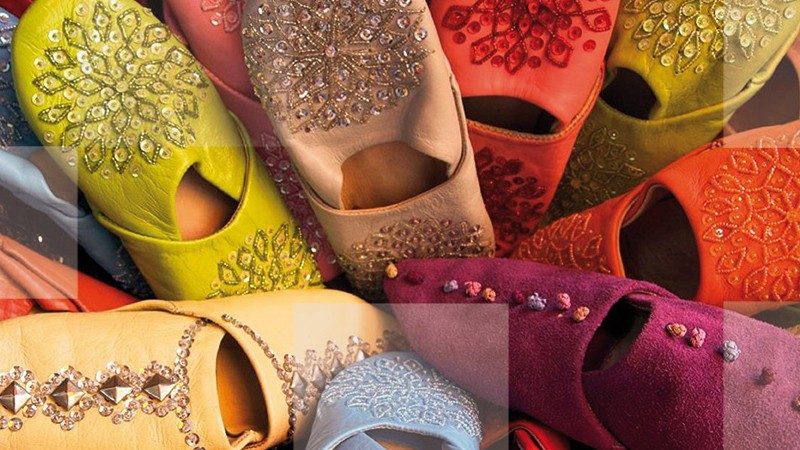 Moroccan Shopping & Handicrafts
Moroccan Shopping & Handicraftsactivities
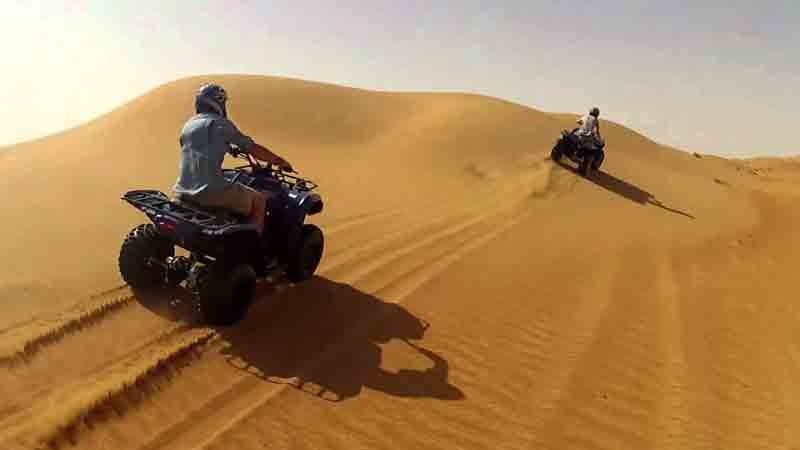 Quad Biking in Morocco
Quad Biking in Moroccoadventure
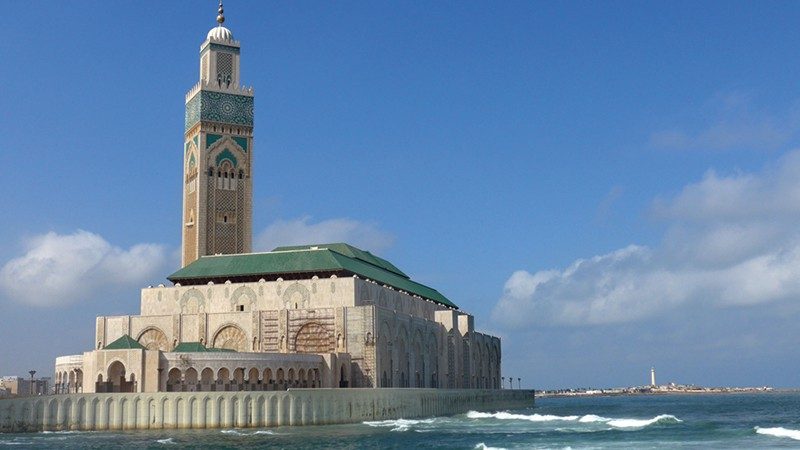 Top 10 Places To See
Top 10 Places To Seeactivities
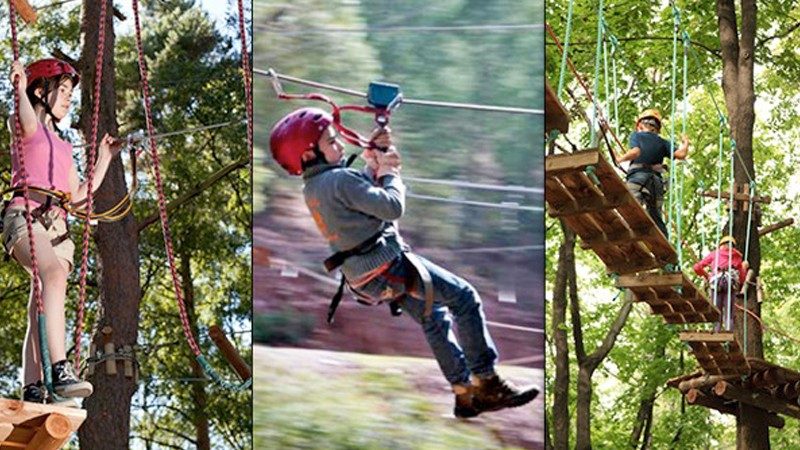 Zip line Across the Atlas
Zip line Across the Atlasadventure
Copyright 2015 by Morocco Traveler - All Rights Reserved